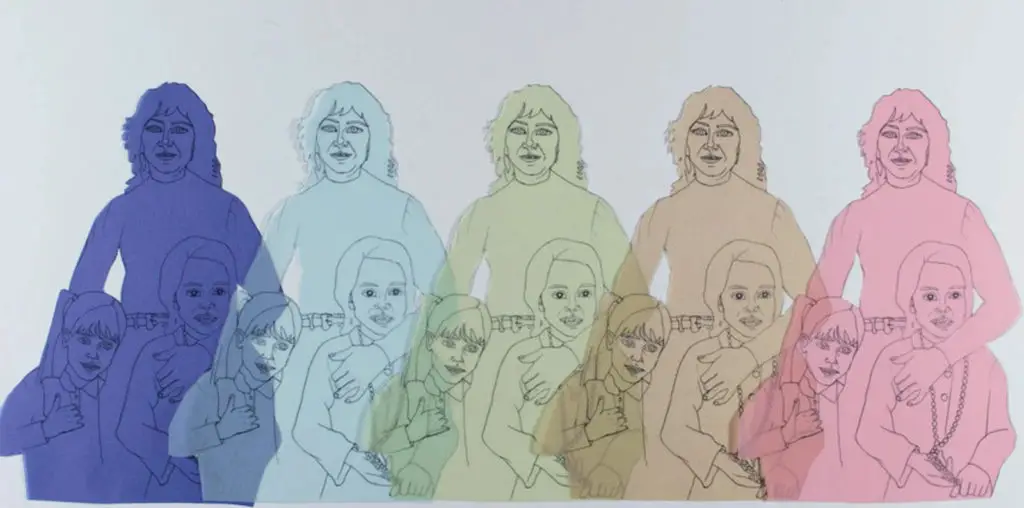
ArtsmagicDVD will release Shinya Tsukamoto’s (“Tetsuo”) “Bullet Ballet” to DVD in January.
“Bullet Ballet” is neither as surreal nor as alienating as “Tetsuo”. For all that, in many ways it is a continuation of the obsessive investigation into the relationship between a human being and the city that has spawned him, and particularly Tokyo. It was made in 1998, and came between two more commercial projects, “Tokyo Fist” (1995) and “Gemini” (1999). Unlike these films, “Bullet Ballet” was made by Tsukamoto’s own company, Kaiju Cinema, and financed by the director. In fact , it’s ultimate success ensured the continued existence of the company. Like all productions of Kaiju to date, it is shot in black and white, the perfect medium for emphasising the formal aspect of his work.
Ten years in the creation, the film came at a low spot in the director’s life. He believes his earlier work all showed a positive side to life….some might be hardpushed to find much of this in Testsuo The Ironman….and that when he finally came to bring the film into being, he had lost sight of any reason for living. None of this shows in the film. Although, as he admits, some have found it dull, and though he thinks that that may be due to his state of mind at the time, it works with the same sense of frenzied energy and collapse as Kafka’s The Trial. It shares little else with the latter. Whereas K. in the trial is thrust by external forces into a bizarre world that he desperately tries and fails to interpret, Goda, the director of commercials, attempts to find meaning in his own desolate world by involving himself in bizarre activity.
Whilst his mastery of black and white is indisputable, the people that inhabit this world are not ciphers, but individuals. Tsukamoto reveals that at the time that he was bringing his Tetsuo project to a close, he became interested in a particular group of young people who were attracting a lot of media attention at the time. These were young affluent children from good families who identified themselves and their group by anti-social activity. Sounds familiar? But not only are these characters real individuals, but they are also representatives of various generations. It seems that for the director, World War 2 still remains the faultline from which point those on the later side of the temporal divide are unable to empathise with those who participated, and in this lack of understanding they are deprived of any real knowledge of life and death. Three generations are involved; the generation that took part in the war, Tsukamoto’s generation (he was born in 1957), and the young people of the late 90s. Of these, only the older generation has any true insights into life, although this brings with it no moral cachet; they are as flawed as their successors. For all this, they possess real experience, which the younger people lack and desire. In a very real sense, Bullet Ballet can be seen as these individuals attempt to complete their education by starting their own war.
It may be because of this portrayal of humanity as a creature that needs to fulfil itself through experiencing the possibility to destroy its own likeness or its own extinction that Tsukamoto finds the film bleaker than his earlier works. Indeed, the exploration of the darker side of humanity overtakes the exploration of the city/citizen idée fixe.


